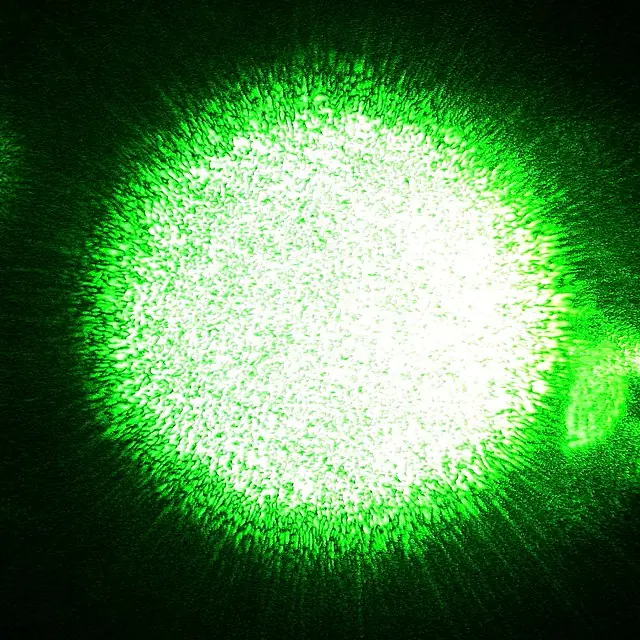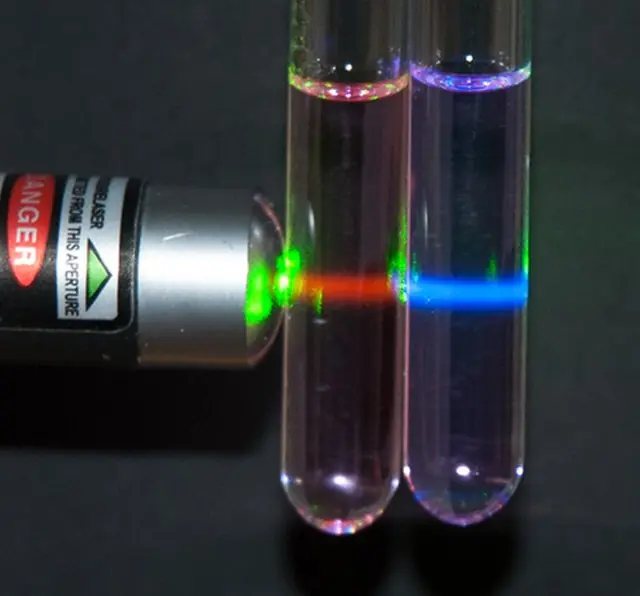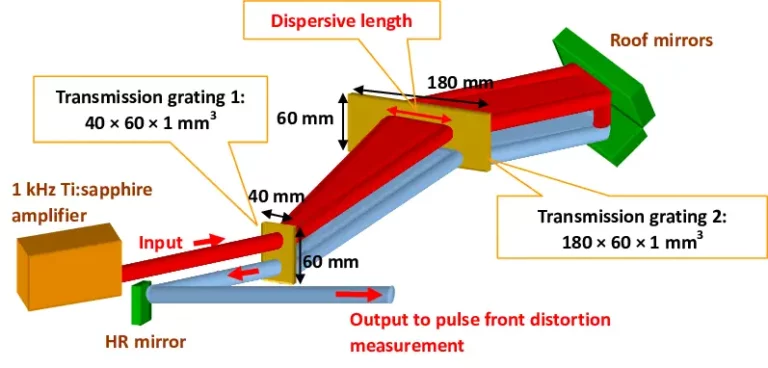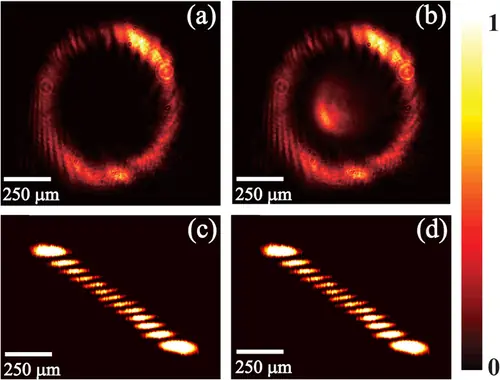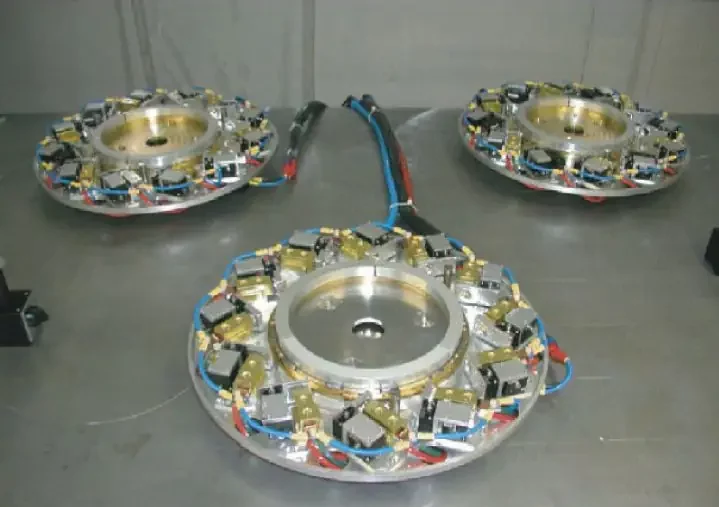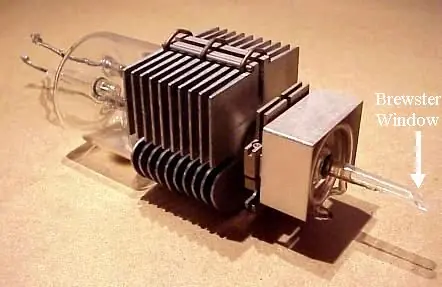Understanding Air Spaced Waveplates: Applications and Principles
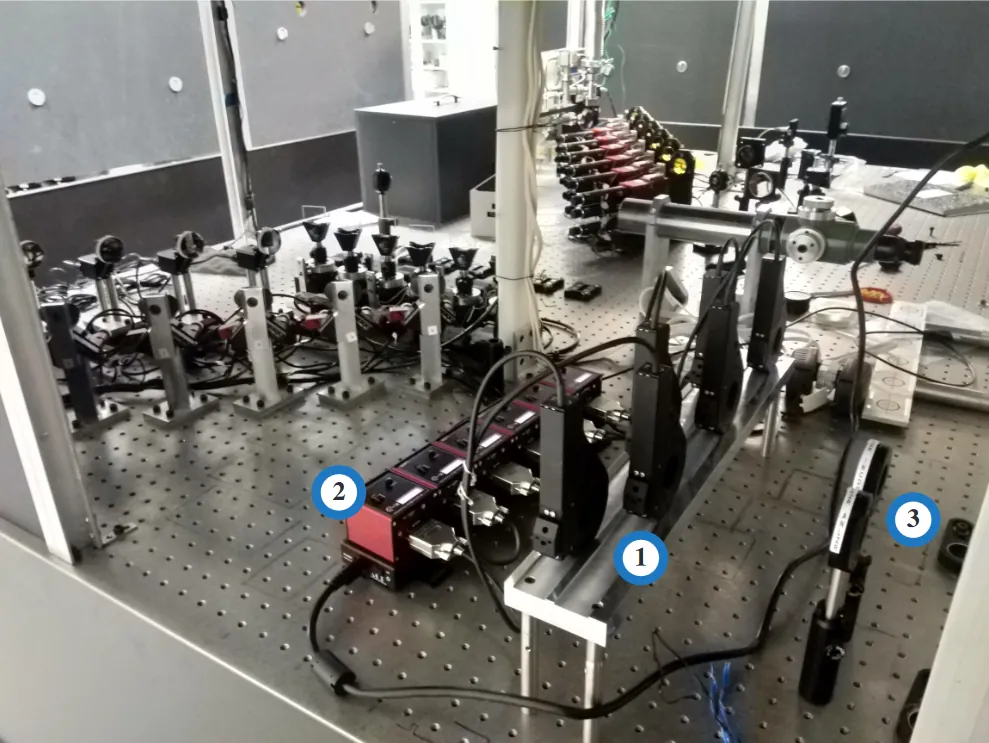
The field of optics has seen significant advancements in recent years, and one of the essential components driving these innovations is the air spaced waveplate. This article aims to provide a comprehensive understanding of air spaced waveplates, their principles, applications, and how they differ from other waveplates. By delving into the intricacies of these optical devices, we will also explore their significance in today’s cutting-edge technology.
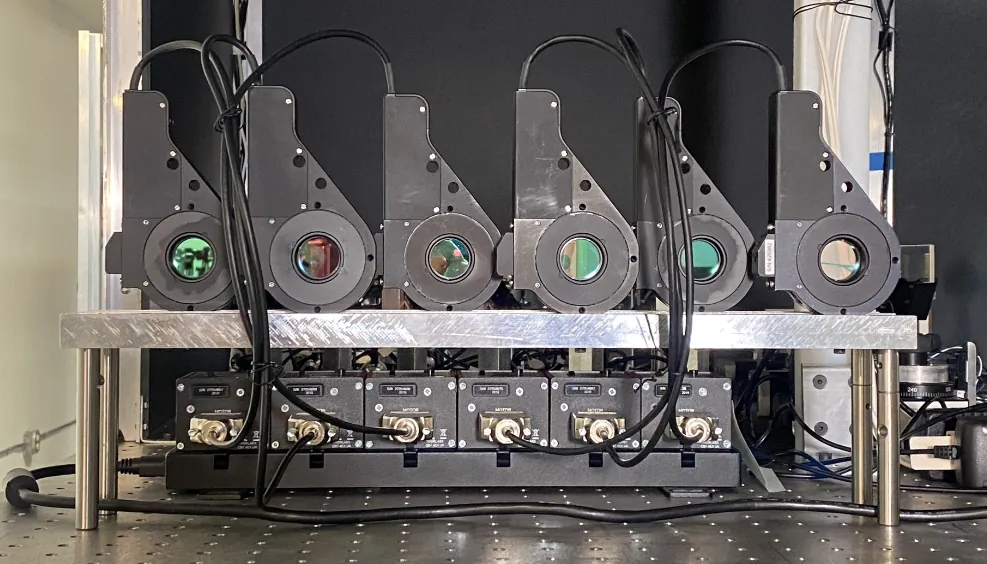
Principles of Waveplates
Waveplates are optical devices that alter the polarization state of light waves passing through them. Their primary function is to introduce a phase difference, or phase retardation, between the two orthogonal polarization components of light. This phase shift allows for the manipulation of light in various applications, such as laser technology and optical communication systems.
There are several types of waveplates, including zero-order waveplates and multiple-order waveplates. Each type has its unique characteristics and applications. However, a common challenge faced by these waveplates is their sensitivity to temperature changes and wavelength shifts. This is where air spaced waveplates come into play.
Air Spaced Waveplates: Design and Characteristics
An air spaced waveplate is constructed by separating two individual waveplates with a small air gap. This design offers several advantages over traditional waveplates, such as improved thermal stability, suitability for high power applications, and reduced sensitivity to wavelength changes. These benefits make air spaced waveplates ideal for demanding optical applications where precise control and stability are crucial.
However, air spaced waveplates have some disadvantages as well. They are generally bulkier than other waveplates and can be more susceptible to contamination, which may impact their performance. Despite these drawbacks, air spaced waveplates remain a popular choice in many advanced optical systems.
Applications of Air Spaced Waveplates
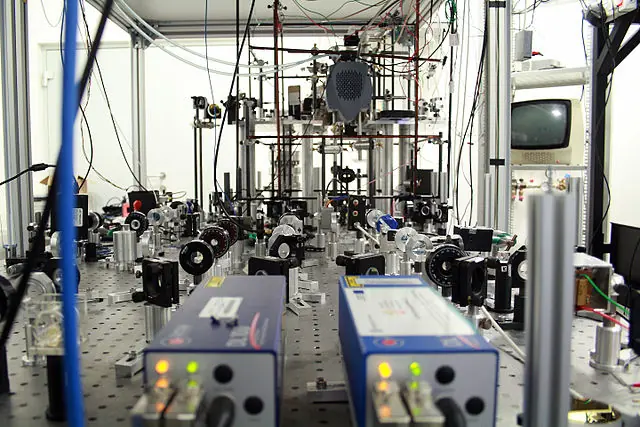
Air spaced waveplates have found their way into numerous applications in modern technology. Their ability to manipulate the polarization state of light with high precision and stability makes them invaluable in various industries and research fields. Here is a list of detailed examples illustrating the diverse applications of waveplates:
Laser Technology
- Q-switching: In laser systems, waveplates are used to control the timing of light pulses by introducing a variable phase shift. This process, known as Q-switching, allows for the generation of high-intensity, short-duration laser pulses, which are essential in applications such as laser cutting, drilling, and material processing.
- Pulse compression: Air spaced waveplates are also used to compress the duration of laser pulses while maintaining their energy. This technique is critical in applications like femtosecond laser systems and ultrafast spectroscopy, where extremely short pulses are required.
Optical Communication Systems
- Dense Wavelength Division Multiplexing (DWDM): In DWDM systems, waveplates are used to control the polarization state of multiple channels of light, enabling efficient data transmission over long distances with minimal signal loss. This technology is crucial for high-capacity optical networks and long-haul communication links.
- Polarization-Maintaining Fiber Networks: In polarization-maintaining fiber networks, air spaced waveplates are employed to ensure that the polarization state of light remains consistent throughout the network. This is particularly important for systems where the polarization state carries crucial information, such as quantum communication and sensing applications.
Optical Metrology
- Interferometry: Air spaced waveplates play a vital role in interferometric systems, where accurate measurements of distance, position, or surface quality are required. By controlling the polarization state of light in interferometers, waveplates help achieve high-resolution imaging and precise measurements in various research and industrial applications, such as surface profilometry and optical testing.
- Polarimetry: In polarimetry, waveplates are used to analyze the polarization state of light, which can provide valuable information about the optical properties of materials, stress distribution in transparent objects, or the structure of biological samples. Polarimetry is widely used in fields like materials science, remote sensing, and biophotonics.
Holography and Imaging
- Holographic storage: Air spaced waveplates are employed in holographic data storage systems to control the polarization state of light during the recording and readout processes. This ensures high data storage density and fast retrieval of information in next-generation optical storage systems.
- 3D imaging: In 3D imaging systems, such as those used for medical diagnostics or machine vision, waveplates are used to manipulate the polarization state of light to generate high-resolution, three-dimensional images. This enables accurate visualization and analysis of complex structures and surfaces.
Astronomy and Space Applications
- Telescopes: In large ground-based and space telescopes, air spaced waveplates are used to control the polarization state of light collected from astronomical objects, providing valuable information about their magnetic fields, composition, and structure.
- Satellite-based remote sensing: Air spaced waveplates are employed in satellite-based remote sensing systems to analyze the polarization state of light reflected from Earth’s surface or atmosphere. This information can be used to monitor various environmental factors, such as vegetation health, water quality, and atmospheric pollution.
These diverse applications highlight their significance in today’s cutting-edge technology and demonstrate their essential role in shaping future innovations across multiple industries and research fields.
Maintaining and Cleaning Air Spaced Waveplates
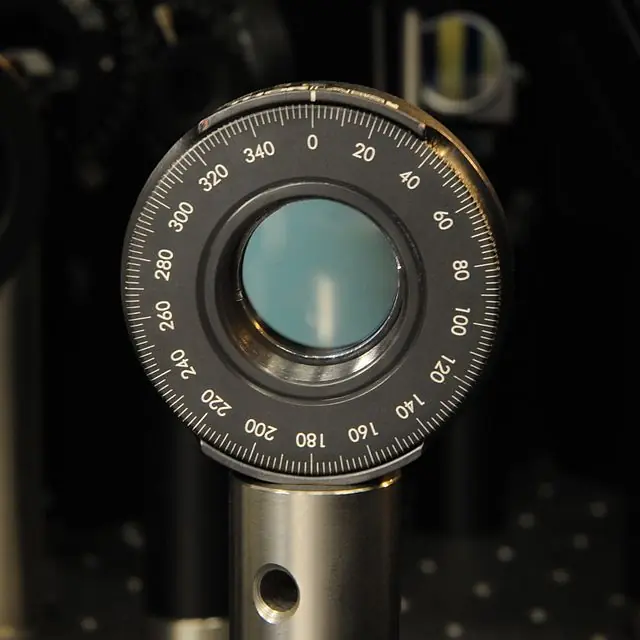
To ensure optimal performance, waveplates must be kept clean and free from contamination. Maintaining their cleanliness is vital, as contaminants can introduce unwanted phase shifts and compromise their functionality.
Recommended cleaning techniques include using lint-free wipes and optical-grade solvents, such as isopropyl alcohol. It is also essential to handle air spaced waveplates with care to prevent accidental damage or contamination.
Conclusion
Air spaced waveplates are critical components in many advanced optical systems, offering enhanced thermal stability, suitability for high power applications, and reduced sensitivity to wavelength changes. As the field of optics continues to evolve, these devices will undoubtedly play a pivotal role in shaping future innovations. By understanding their principles and applications, we can appreciate their significance in today’s cutting-edge technology and anticipate exciting developments in the years to come.

